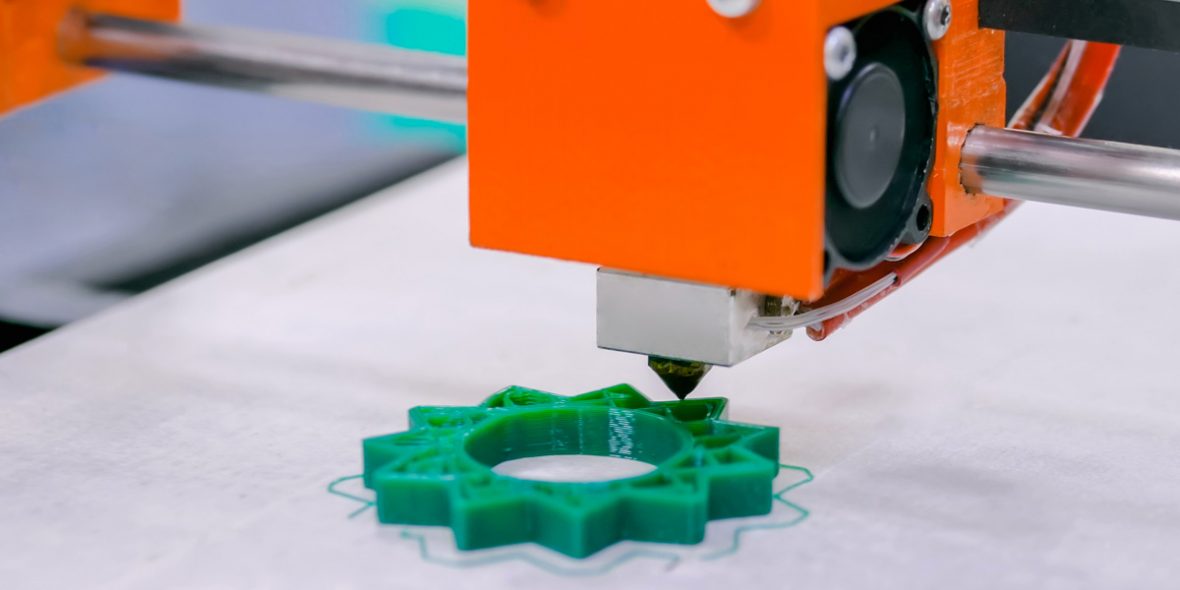
3D printing is now so mainstream that a desktop 3D printer may be purchased from on-line stores for as little as £150. Increase your budget to £300 and there are literally scores to choose from. Additive Manufacturing (AM) is so important to the industry that I’m pleased to discover that most if not all schools have a machine for students to play with. And so it should be.
3D printing is not (yet) the panacea though. As I’ve written before, having the ability to make almost anything that cannot be economically produced using recognized volume techniques is very dangerous and the technology needs to be used with caution.
I often get asked if we print our own prototypes and people are then surprised when I say that we do not intend to own a 3D printer.
Recently I printed 4 parts that assemble together. One of the parts functions as a spring-clip. The purpose of the prototype was to test the effectiveness of the assembly, including the function of the clip.
I started by choosing the clip material for volume production – that is, when the clip is manufactured in quantity by Plastic Injection Moulding. A good starting point was to research what materials are already used for parts with similar requirements / functionality, followed by a check of which of those materials would be most suitable for our outdoor environment.
Once the production material was identified I then compared the desired mechanical properties (for example elastic modulus & tensile strength) to those of AM materials. This led me to a specific AM material and with it to a specific process – in this case 3D Systems’ Accura® 60 using the Stereolithography (SLA) process. The properties of the other parts in my prototype were not so critical, so I was able to make them from a cheaper material and by other processes.
The point here is there are different AM technologies available and those different AM technologies process their own specific materials. If we owned an AM machine, then we would be constrained to the choice of AM technology and with it a limited choice of materials. Although this might be acceptable for checking rough scale or form-factor it would inevitably not be suitable for evaluating the functionality of, say, a clip. I would want to use the machine wherever I could simply because we had paid for it and it was sitting there, and these are not the right reasons for process selection. By not having our own facility I get to always choose what process and – more importantly – material is absolutely right for the job in hand.
To find out more about our mechanical design and engineering services, call us now on Tel: +44 (0)1277 261066 or email us at info@warleydesign.co.uk